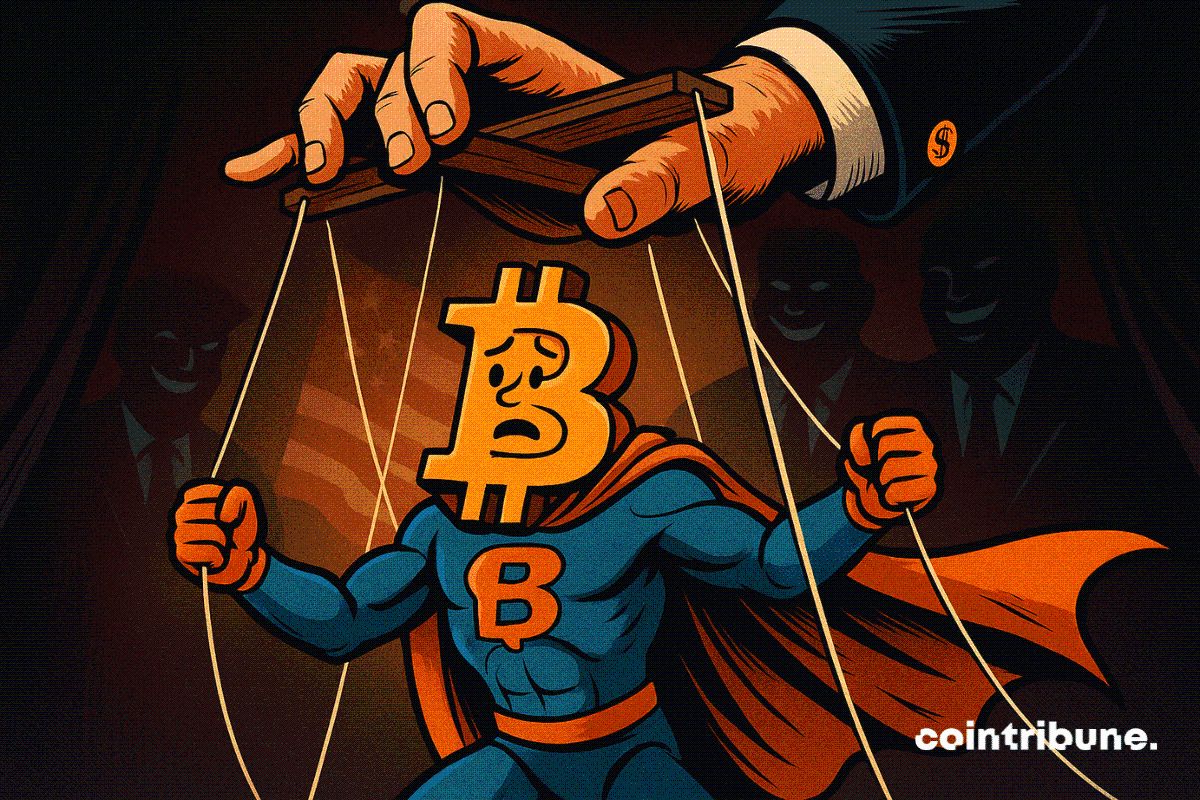[English Long Tweet] x402: An Autonomous Payment Solution Built for an Autonomous Internet
Chainfeeds Guide:
The original sin of the internet is not advertising itself, but the surveillance infrastructure required to make it work. Micropayments enabled by blockchain technology offer a different path to balance: users and agents pay directly for the services they need, content creators are compensated based on usage, and comprehensive behavioral tracking becomes economically unnecessary.
Source:
Author:
YQ
Opinion:
YQ: The internet’s reliance on advertising stems from a fundamental economic constraint: micropayments are impossible. Traditional payment processors (such as Visa and MasterCard) charge about 2.9% plus $0.30 per transaction, making small payments economically unfeasible. If each article visit costs $0.02, each transaction would lose $0.28. AI agents fundamentally break this economic structure because they do not watch ads. An autonomous research agent has no attention to sell when acquiring market data. An automated logistics system cannot be targeted with ads based on browsing history when booking cloud resources. Agents break every assumption in the advertising model chain: humans watch screens → see ads → potential click-through rate → product purchase. This creates an existential crisis. If agents consume content but cannot be monetized through advertising, publishers are left with two choices: allow scraping (a parasitic equilibrium that destroys the incentive for content creation), or charge directly. Scraping cannot sustain long-term content production. Micropayments become the only viable path, but traditional payment networks make them economically impossible. The HTTP protocol has included the 402 status code "Payment Required" since its early standardization, but it has never been implemented. There have been multiple attempts to activate this dormant feature, but none have achieved network effects to become internet infrastructure. The challenge has never been purely technical, but a coordination problem: enough service providers must accept payments and enough clients must make payments. x402 combines the HTTP 402 status code with blockchain-based settlement, using stablecoins. The protocol leverages existing web infrastructure while adding a lightweight payment layer. Implementation is very simple: when a client requests a resource without payment, the server responds with HTTP 402 and provides a payment request (amount, receiving address, token contract, blockchain network). The client constructs a cryptographically signed payment authorization (EIP-3009 standard), attaches it to the retried request’s X-PAYMENT header, the server verifies, broadcasts, and returns the resource with transaction details. Payment is completed in about 200 milliseconds on Layer 2 networks (such as Base), with fees below $0.0001. Payment is ultimately confirmed cryptographically, with no risk of refund. From a developer’s perspective, only a middleware configuration needs to be added; from an agent’s perspective, a client with x402 enabled detects the 402 response, constructs the payment authorization, and automatically retries. The entire process requires no manual intervention. The protocol is designed to be blockchain-agnostic. While the initial implementation focuses on Ethereum-compatible networks and USDC, the standard supports any blockchain and token contract as long as they have transfer authorization functionality. Cryptographic signatures (EIP-712 standard) provide security without trusted intermediaries, and wallet interfaces clearly display the amount paid and the recipient. Although x402 itself is very concise, implementation still requires some technical work: middleware integration, cryptographic verification, blockchain interaction management, and secure key custody. The x402 gateway abstracts these complexities into out-of-the-box infrastructure, allowing any API owner to add payment requirements without modifying existing systems. The gateway has a dashboard showing transaction history, revenue analysis, usage patterns, pause/resume controls, pricing adjustments, and transaction exports. The platform runs on Next.js, Privy (authentication), and Wagmi (blockchain), using Prisma/PostgreSQL to track users, gateway configurations (slug, target URL, payment amount, recipient, network, status), transactions (hash, address, amount, block), and facilitator statistics. This represents "x402 as infrastructure"—similar to how Stripe abstracts the complexity of traditional payment processing. The economic model aligns incentives: one-time gateway purchases (rather than subscriptions) reduce lock-in effects, transparent on-chain processing prevents rent-seeking, facilitators earn settlement fees, but cannot censor after purchase. [Original text in English]
SourceDisclaimer: The content of this article solely reflects the author's opinion and does not represent the platform in any capacity. This article is not intended to serve as a reference for making investment decisions.
You may also like
DOJ Exposes $7.8M Crypto Scam Tied To Bitcoin Rodney

Grayscale Signals Bitcoin Could Hit New Highs in 2026 Despite Recent Dip

Will the Bitcoin Cycle Survive American Monetary Policy?

